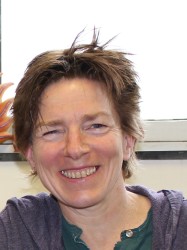BibTex format
@article{Zhu:2022:10.1038/s41563-022-01244-y,
author = {Zhu, L and Zhang, M and Xu, J and Li, C and Yan, J and Zhou, G and Zhong, W and Hao, T and Song, J and Xue, X and Zhou, Z and Zeng, R and Zhu, H and Chen, C-C and MacKenzie, RC and Zou, Y and Nelson, J and Zhang, Y and Sun, Y and Liu, F},
doi = {10.1038/s41563-022-01244-y},
journal = {Nature Materials},
title = {Single-junction organic solar cells with over 19% efficiency enabled by a refined double-fibril network morphology},
url = {http://dx.doi.org/10.1038/s41563-022-01244-y},
volume = {21},
year = {2022}
}

